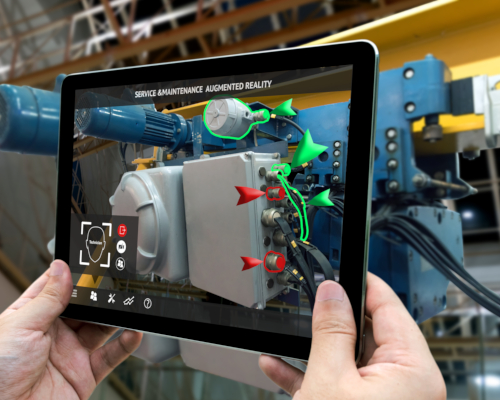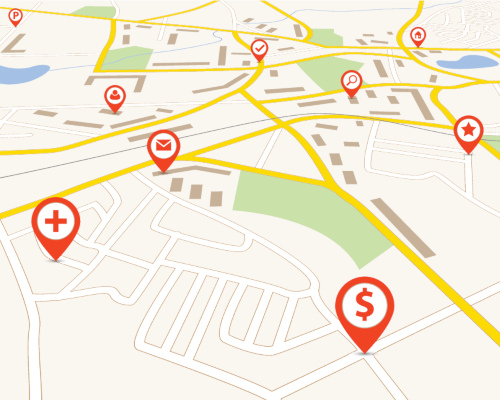
Why is customer experience investment needed?
Whilst customer experience transformation may be part of continuous improvement in your organisation it is often likely that it has come about through the strategic direction of your organisation, probably sponsored by your senior management. This might be as a result of poor previous customer performance and fines, or as a bid for greater digital centricity, innovation and differentiation from your competitors.
Ultimately a customer experience programme is a ‘living’ thing. It’s either developing and growing, productive or in decline. Momentum is fundamental to any customer experience programme and to helping you realise the desired change. It’s important to realise that your customer experience programme needs investment and that the investment needs to be ongoing.
Investment takes time
Investing in CX is a journey and for some organisations it can be a long journey of small improvements made over a period of time. There isn’t an overnight solution to allow you to become fully customer-centric. You can’t make your customers instantly love your products, your services or your brand.
There’s still a big difference between the expectations of your customers and the reality of the service your organisation may be delivering. The future (and for some organisations the present!) of customer experience is truly omni-channel and these channels are more diverse than you may realise. Excellent customer experiences are founded in the tangible building blocks of your business, usually elements within your control. But these elements don’t stand still. Your customer’s needs change and evolve. Their reality is shaped by their interactions with other smaller, more agile disruptors entering the market offering a more forward-thinking, digital first experience that you may yet be struggling to deliver.
Why does customer experience investment stall?
From an Executive perspective it can simply come down to changing priorities. Organisations move at pace and what felt like a priority to deliver a market-leading customer experience may have shifted once the programme was started. As with any change programme you need to keep focused on value and results and be supported by a sustained change effort.
Your ability to deliver a road map of enduring customer experience improvements will depend on many factors – the way you have structured your programme, the benefits case, the sponsorship and engagement you have in place and the alignment of the programme with the priorities of your business. Don’t be a victim of short term priorities to get ‘quick wins’ at the expense of more enduring change and transformation. Construct a road map that delivers short term rapid improvements but in the medium term is self-funding (and should be sustained) and in the longer term delivers against value drivers that are important to both your customers and your business.
“There isn’t an overnight solution to allow you to become fully customer-centric. You can’t make your customers instantly love your products, your services or your brand.”
Scaling your prototypes
To some organisations the perceived cost of implementation can feel too high. They can get to the point of having mapped customer journeys and maybe even launched prototypes. Having successful customer experience prototypes is not enough. If you don’t scale up your opportunities tremendous value is lost to your organisation and of course your customers.
It’s important to realise that your customer experience prototypes are designed to test hypotheses quickly and effectively. They often employ workarounds that may not be scalable or cost efficient when deployed more widely. Most successful prototypes will need to be re-purposed to become more robust, reliable, repeatable and with better alignment to current operational processes and systems. This will need sufficient investment – whether direct financial investment in scaling or resource effort and commitment.
Focusing on value and the business case
Without a robust link to value, a business case that stacks up and ways to measure benefits, you may struggle to show early gains from your prototypes have improved customer experience and therefore struggle to build momentum. Think about defining the customer behaviours that create most value for your business and then follow customer satisfaction over time to quantify the economic outcomes of different (improved) customer experiences. It’s also worth remembering that historical data alone can be misleading; you’ll need to consider how your customers’ behaviour, satisfaction and engagement may change in the future and model the scenarios that you anticipate are most likely.
However you make the case, such a business case will help you seek the initial and ongoing investment you need in your customer experience. You don’t need to do everything at once but do make sure that you sustain momentum behind an ongoing programme of change (and associated investment). Your competitors and your customers won’t let you stand still.
More from Leadent
InsightsTalk to us about your ideas for improving your field operations
Contact Us





